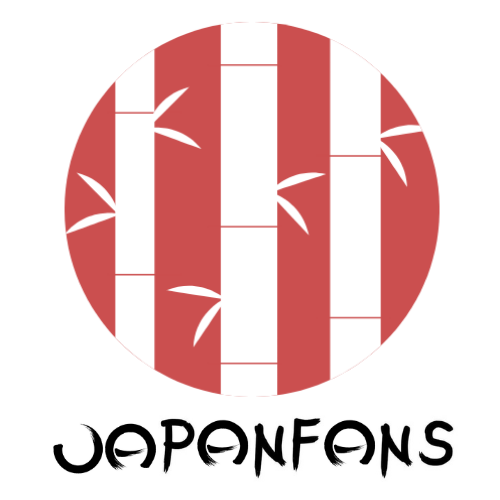In our Studygroup as well as in our Facebook group, we talk a lot about Japanese culture. In this guest blog by Mary Munaku on Japanese office culture, you will find some typically Japanese management styles, to draw inspiration from for your own organisation.
Management involves the administration of organizations. The main functions of any management include controlling, organizing, leading, and planning. Japan is well known due to its many industries, such as electronics, cameras, and automotive products.
We have many success stories about Japanese management style, with the first book about the management style evident in a book entitled Theory Z written by William Ouchi. The guide will help you to learn about Japanese management styles. The main focus is on the human management style, decision making, and the operational system.
The most common Japanese management styles include lifetime employment, seniority-based promotion and the wage system, ringi, nemawashi, just in time, quality control, Omikoshi management, Kaizen, and the Five S.

Lifetime employment
The management style is mainly associated with the labour system. However, it’s not been applied in many of the companies. Life-time employment requires large companies to hire employees after they finish their studies and keep them until retirement. The system also states that new employees are to be chosen from the general potential. The new employees are considered human capital, and they should be trained and equipped with all the relevant skills then assigned to the various post of the company. Rather than hiring outsiders for managerial positions, the system advocates promoting their employees to the organizational system.
There is no written agreement about lifetime employment, but the employees are aware that they should perform their duties well and with loyalty. Employers, on the other hand, are not supposed to dismiss employees even in challenging economic conditions.
Seniority-based promotion and the wage system
The pace of promotion is languid; however, the promotion from lower-level to high-level positions is mainly based on seniority. The number of years that one has worked for the company is crucial for getting a promotion. The reasoning for establishing promotion on seniority is the positive correlation between the length of service in the same job and the knowledge and skills acquired by the employee during that period. The wage structure is also based on seniority.
Ringi system
The system requires the low-level managers to discuss ideas among themselves before discussing them with the higher managers. The higher managers are then required to discuss among themselves until they reach a consensus. The process continues to the highest managers who may choose to implement the policies discussed or not. Ringi’s decision-making allows quick implementation of policies as the people have already taken part in the decision-making.
Nemawashi
It’s participatory decision-making that entails laying down the foundation and the changes needed in the organization by talking to the concerned people. The system works well where the company needs change. It’s the first step that the management should take before any other formal measures. Nemawashi allows for change to be carried out with the consent of all the employees.
Just in time system
Just in time is a production technique where raw materials, labour and goods are scheduled to arrive just when needed. The main reason for incorporating the just-in-time approach is to ensure that products are produced and dispatched in time. Just in time approach is beneficial for the organization in the following ways it reduces the production cost, reduces the warehouse cost, and low inventory cost. Just in time also leads to improved productivity and better quality goods.
Quality control
The management style ensures that the products produced are of high quality. The customer is the king in the business; thus, the company needs to ensure they make products that interest the customers to improve quality by following the six management fundamental. They include quality of goods and services, cost of production, delivery time, safety, morale, and production capacity.
Omikoshi management
Omikoshi management is where the middle-level management works together with the top-level management to achieve the companies’ goals and success. It’s pretty challenging to identify the person who is the leader and one who is a junior-level employee. Omikoshi is a shrine that young men carry on their shoulders during traditional Japanese festivals. No one knows the direction to be followed; thus, the carriers need to determine the path they should follow.
In this type of management, middle-level management has the most power and rights. In most Japanese companies, you often find that the top-level management and the low-class employees rarely talk. The middle class acts as the intermediaries between the top-level and low-level management and may treat the low-level employees as they like; however, the top-level management is usually held responsible once there is an issue.
Kaizen
Kaizen’s management style focuses on improvement and changing for the better. Continuous effort can be witnessed from the top-level management and all staff to ensure that the company achieves improvement in all the processes and the systems. The management follows five main principles: knowing your customers, empowering people, being transparent, letting your target flow, and knowing what happens at every level of the organization.
The Kaizen management style is governed by the Five S, which ensures that the policies, rules, and procedures are followed, providing that the organization has a healthy work culture.
The Five S stands for…
* Sorting out. Employees are supposed to sort out and ensure that things are well organized. One is required to keep the documents needed safe and throw out the useless stuff.
* Self-discipline. Organization rules and procedures need to adhere. One of the rules that most companies have is not attending to work with casual and employees must always ensure that they tag along with their job identity card.
* Standardization. Organizations are required to have rules and procedures to ensure that they get high quality.
* Shine. The organization should be kept clean. You should use Cabinet and drawers to store the essential documents, and the unnecessary documents should be shredded.
* Seition. It refers to organizing. Employees should ensure that the documents are arranged in a systematic order.
Conclusions
Japanese management styles mainly focus on the well-being of the employee rather than the profits. The techniques focus on good relationships between the employees, which is evident in decision-making processes. The employer and the employees live like family members and take responsibility for each other. Japanese management style has worked well in many companies leading to improved productivity.

